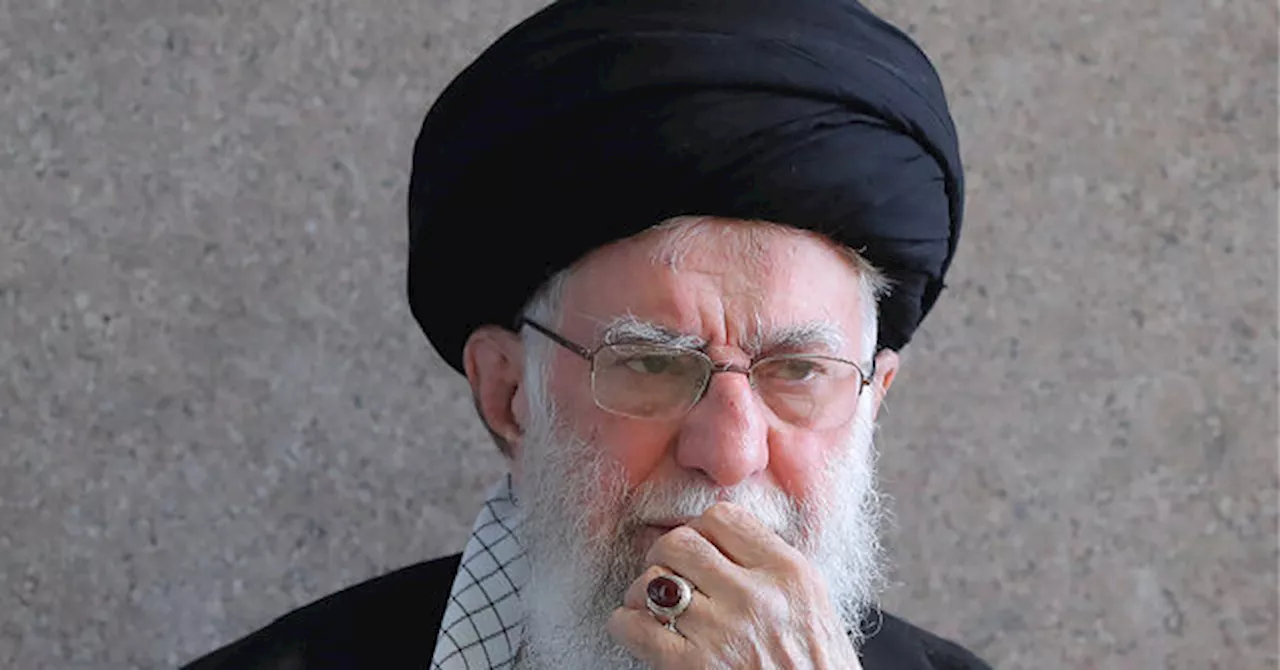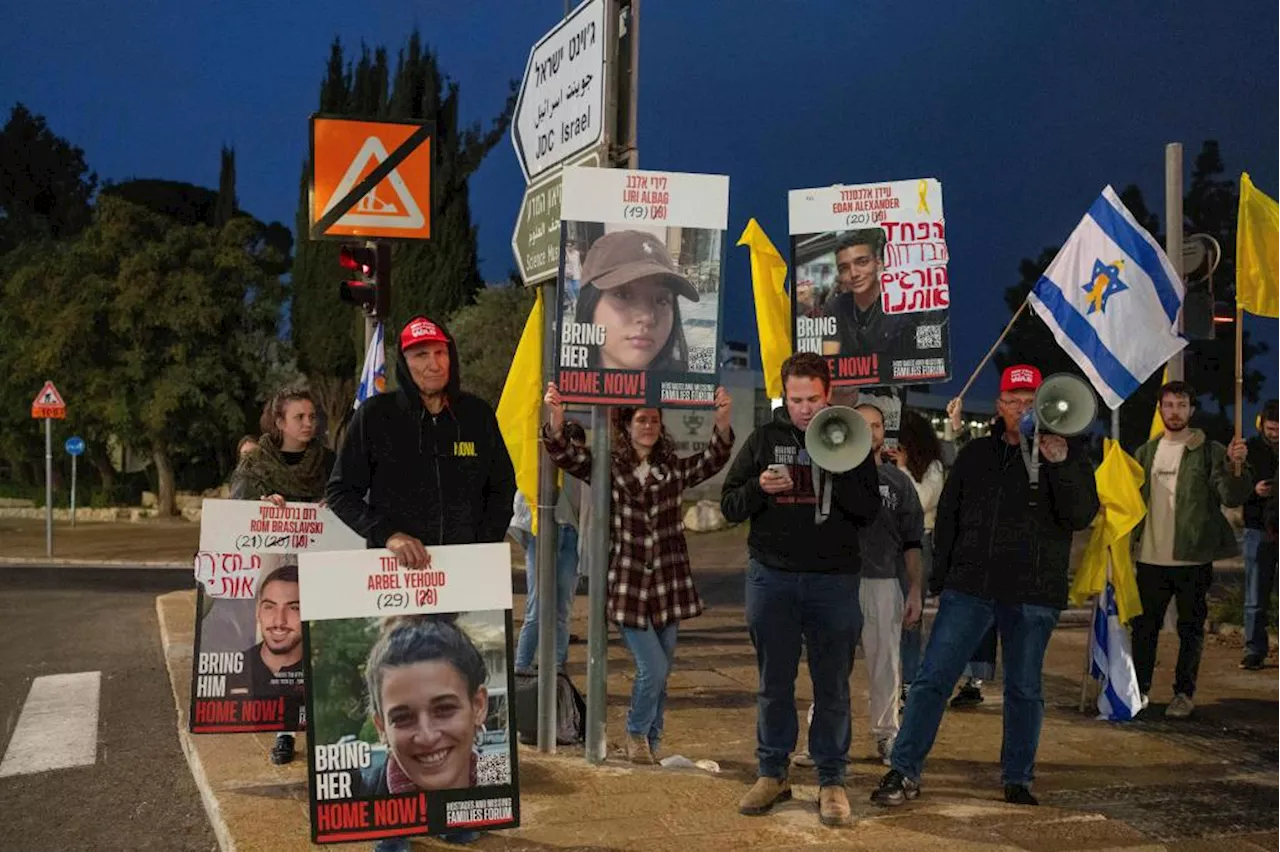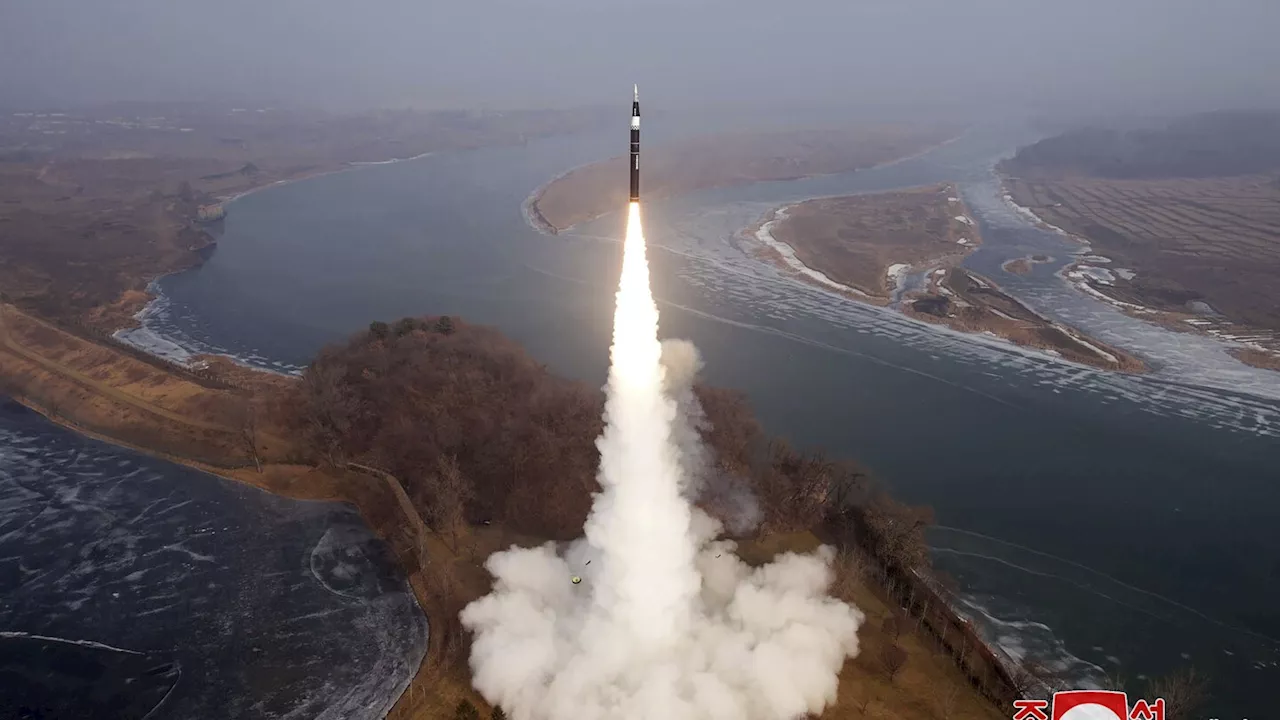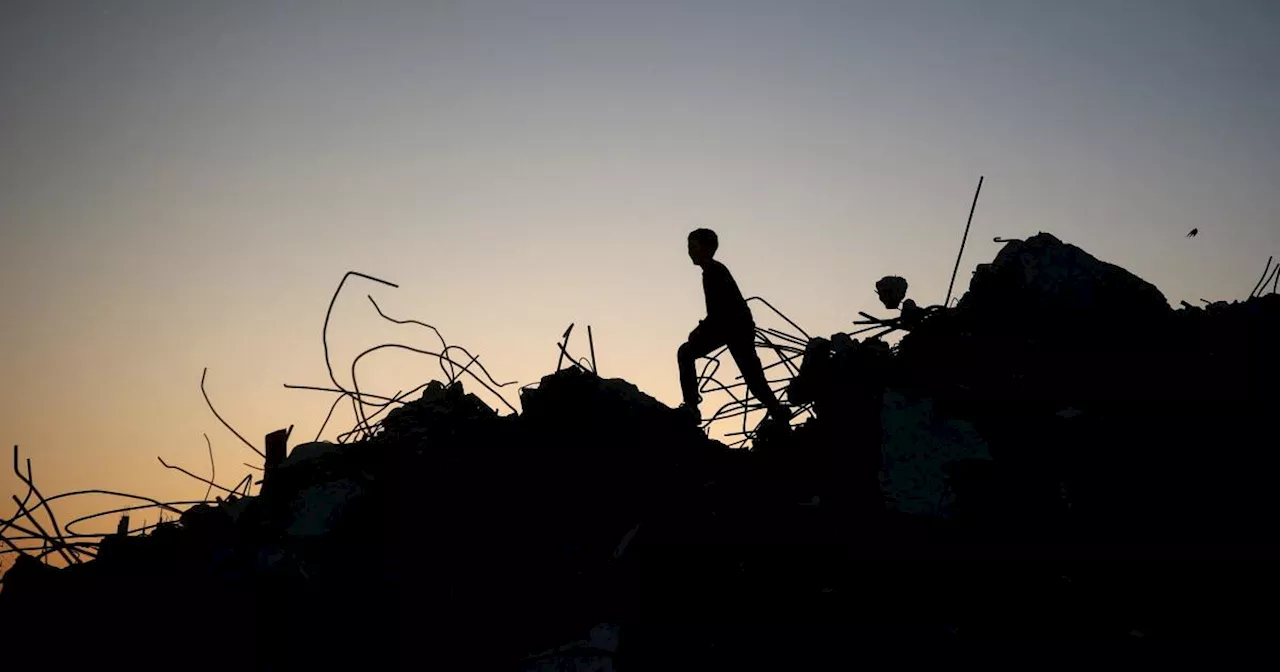Israel's campaign against Hamas and Hezbollah has focused on targeted assassinations, but experts question if this strategy will be effective in the long run. The text analyzes the nature of these groups as insurgents and explores why killing their leaders may not be enough to defeat them.
Since the horrific Hamas terrorist attacks of Oct. 7, 2023, Israel has been at war in the Middle East. The conflict has stretched across borders, spanning Gaza to Lebanon to Iran. Over the course of 15 months, the Israel Defense Forces and Israel ’s intelligence services have taken the fight directly to Hamas and Lebanese Hezbollah , two of the most prominent members of Iran’s “Axis of Resistance.
” A dramatic Israeli intelligence operation in mid-September involved exploding pagers and walkie-talkies, resulting in the death of more than a dozen Hezbollah foot soldiers, with thousands of other people in Lebanon injured or maimed. In Gaza, the Israeli military has killed more than 17,000 Hamas fighters, a devastating blow to the group’s rank and file, affecting 22 of Hamas’ 24 battalions. But the centerpiece of Israel’s efforts has been targeted assassinations, killing the leaders of these groups with ruthless efficiency. Hezbollah Secretary-General Hassan Nasrallah was taken out by an Israeli airstrike in late September, while Hamas’ leader, Yahya Sinwar, the architect of the Oct. 7 attack, was killed by the Israeli military in Rafah in mid-October. Much of the conventional wisdom on counterterrorism, however, suggests that killing a terrorist leader — also known as decapitation strikes — is insufficient to defeat these groups over the long term. Despite that, there have been numerous scholars and analysts who have published assessments suggesting that, as the Economist opined, there is “good reason to believe that this time may be different.” Respected military historian Raphael S. Cohen added his voice to those who see Sinwar’s death as highly consequential, arguing that “this incident differs from killing al-Zarqawi, al-Baghdadi, and even bin Ladin,” in reference to the leaders of Al Qaeda in Iraq, the Islamic State and core Al Qaeda, respectively. Still, the empirical evidence and the broader body of research on the efficacy of decapitation strikes point to both Hamas and Hezbollah continuing to function, even in a significantly attenuated state, until both can recruit new members and rebuild their organizations. One of the reasons it is premature to write the obituary of either Hamas or Hezbollah is that both groups are better understood as insurgent organizations, not transnational terrorist groups. What’s the difference? Terrorism is a tactic, while insurgency is a strategy. Terrorism consists of “violent, criminal attacks,” and although insurgents might use terrorism, it does not define them; an insurgency is “the organized use of subversion and violence to seize, nullify, or challenge political control of a region.” Hamas and Hezbollah have nationalist agendas interwoven with Islamist ideology, but the group’s primary members and supporters are Palestinians and Lebanese, respectively. These groups are organic and homegrown, unlike the Islamic State or Al Qaeda, which have relied heavily on fighters from abroad. This matters because foreign fighters, while zealous in many ways, are unmoored from the territory they inhabit. For most of its existence, Al Qaeda was a roving band of jihadists that traveled from battlefield to battlefield, stretching from the Balkans to the Caucasus to South Asia. At its peak, the Islamic State counted 30,000 foreign fighters from 85 countries, not including those who brought along their families. By contrast, Hamas and Hezbollah will replenish their ranks with locals — new recruits, many of whom will be catalyzed to continue their struggle after the immense devastation and humanitarian suffering wrought by Israel’s draconian approach in Gaza and Lebanon. As they have throughout their tenure, Hamas and Hezbollah will use the ongoing conflict to reinforce a cult of martyrdom in an effort to ensure that ideological and religious fervor is transmitted to younger generations. Killing leaders of the organizations does not significantly hinder this — and might even fuel radicalization. Both Hamas and Hezbollah are part and parcel of the sociopolitical fabric in Gaza and Lebanon and will inevitably regrow their depleted ranks. Hezbollah recruits through offering jobs, education and healthcare and by providing other services to Shia in southern Lebanon. Israel’s scorched-earth approach in Gaza — where 45,000 Palestinians have been killed and the territory’s infrastructure razed to the ground — will serve as a recruiting tool for Hamas as it seeks to enlist the next wave of Palestinians, many of whom will be radicalized by the war and its aftermath. “We’ll be fighting their sons in four or five years,” remarked Yaakov Peri, the former head of the Israeli intelligence agency Shin Bet, in reference to the cycle of violence perpetuated by Israel’s ongoing assault in Gaza. To be sure, the onslaught has been devastating to both groups. And yet, neither organization is likely to fade away
HAMAS HEZBOLLAH ASSASSINATIONS INSURGENCY ISRAEL
United States Latest News, United States Headlines
Similar News:You can also read news stories similar to this one that we have collected from other news sources.
 Israeli Soldiers Injured in New Year's Day Terror Attack After Surviving Hamas, Hezbollah ConflictsTwo Israeli soldiers, who had previously served in the Israel Defense Forces reserves and fought against Hamas and Hezbollah, were severely injured in a New Year's Day terror attack in the United States.
Israeli Soldiers Injured in New Year's Day Terror Attack After Surviving Hamas, Hezbollah ConflictsTwo Israeli soldiers, who had previously served in the Israel Defense Forces reserves and fought against Hamas and Hezbollah, were severely injured in a New Year's Day terror attack in the United States.
Read more »
 Report: Hamas Used 'Kinocide' to Target Israeli FamiliesA new report investigates how Hamas terrorists systematically targeted Israeli families during its October 2023 attack.
Report: Hamas Used 'Kinocide' to Target Israeli FamiliesA new report investigates how Hamas terrorists systematically targeted Israeli families during its October 2023 attack.
Read more »
 Palestinian Leader Predicts Trump Will 'Destroy Iran', Crumbling Hamas InfluenceA top Palestinian leader believes President-elect Donald Trump's policies will lead to the destruction of Iran, ultimately causing the remaining influence of Hamas to weaken. Hamas has faced significant setbacks in the Gaza Strip due to Israel's military operations, but it continues to challenge the Palestinian Authority in the West Bank. The Palestinian Authority, supported by Western governments like the US, accuses Hamas of aligning with foreign regimes and engaging in extremist activities. Palestinian security forces are actively suppressing Hamas in Jenin, a West Bank town where gunmen recently stole PA vehicles and displayed Hamas and ISIS flags.
Palestinian Leader Predicts Trump Will 'Destroy Iran', Crumbling Hamas InfluenceA top Palestinian leader believes President-elect Donald Trump's policies will lead to the destruction of Iran, ultimately causing the remaining influence of Hamas to weaken. Hamas has faced significant setbacks in the Gaza Strip due to Israel's military operations, but it continues to challenge the Palestinian Authority in the West Bank. The Palestinian Authority, supported by Western governments like the US, accuses Hamas of aligning with foreign regimes and engaging in extremist activities. Palestinian security forces are actively suppressing Hamas in Jenin, a West Bank town where gunmen recently stole PA vehicles and displayed Hamas and ISIS flags.
Read more »
 Israel Decimates Iranian Proxies and Confirms Assassination of Hamas LeaderIsrael has successfully dismantled Hamas and Hezbollah, leading to the ouster of the Assad regime in Syria and the return of former President Donald Trump to power. Iran's year of disaster began with the Gaza war launched by Hamas, followed by the assassination of Hamas leader Ismail Haniyeh in Tehran. Israel Defense Minister Yoav Katz confirmed Israel's role in the assassination and threatened further strikes against Iranian proxies in Yemen.
Israel Decimates Iranian Proxies and Confirms Assassination of Hamas LeaderIsrael has successfully dismantled Hamas and Hezbollah, leading to the ouster of the Assad regime in Syria and the return of former President Donald Trump to power. Iran's year of disaster began with the Gaza war launched by Hamas, followed by the assassination of Hamas leader Ismail Haniyeh in Tehran. Israel Defense Minister Yoav Katz confirmed Israel's role in the assassination and threatened further strikes against Iranian proxies in Yemen.
Read more »
 Hurdles remain as Israel and Hamas once again inch toward a ceasefire dealBoth Israel and Hamas are under pressure from outgoing U.S. President Joe Biden and President-elect Donald Trump to reach a deal before the Jan. 20 inauguration.
Hurdles remain as Israel and Hamas once again inch toward a ceasefire dealBoth Israel and Hamas are under pressure from outgoing U.S. President Joe Biden and President-elect Donald Trump to reach a deal before the Jan. 20 inauguration.
Read more »
 Hurdles Remain as Israel and Hamas Once Again Inch Toward a Ceasefire DealNegotiations for a ceasefire between Israel and Hamas continue to face challenges despite efforts to reach an agreement.
Hurdles Remain as Israel and Hamas Once Again Inch Toward a Ceasefire DealNegotiations for a ceasefire between Israel and Hamas continue to face challenges despite efforts to reach an agreement.
Read more »
